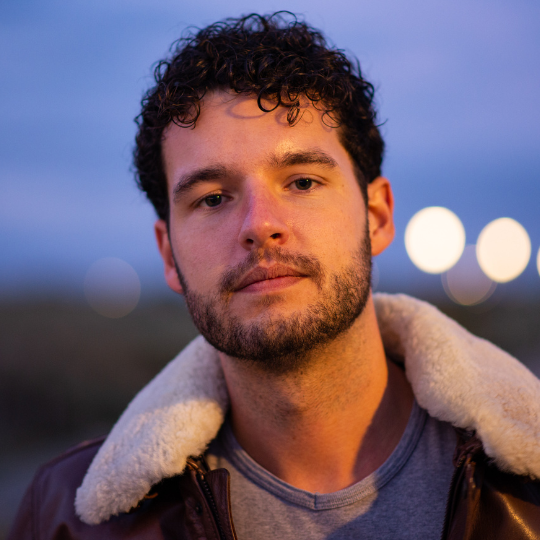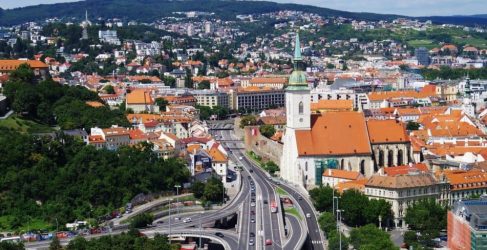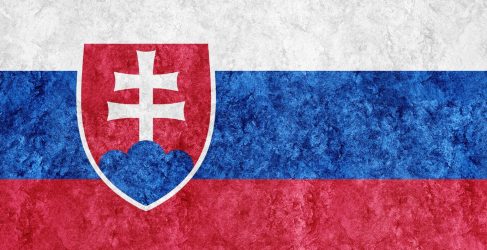




What issues can we solve for you?
How we solve your issues: Step-by-step instructions
Cost of service packages
- Preliminary consultation and clarification of needs
- Full support in preparing the necessary documents
- Support by an employee at all stages of processes
- Submission to the immigration police accompanied by a lawyer
- Consultation and assessment of eligibility for citizenship would be beneficial.
- Analysis of family lineage and retrieval of documents required for submitting an application.
- Preparing the necessary documents for submitting an application.
- Support and submission of documents to the Ministry of the Interior.
- Consultation to determine the type of company.
- Preparation of necessary documents for business registration
- Business registration in the Commercial Court of Slovakia
- Full support at all stages of business opening
- Personal manager for consultation on various issues online
- Selection of schools, kindergartens, and universities
- Registration with treating physicians, private insurance, etc.
- Consulting on business, accounting and real estate issues
Reviews



What do people encounter when they decide to relocate to Slovakia?
Choosing the right company for migration is not only about paperwork.

If you think that in a new country, after obtaining a residence permit, you will be completely independent, then that is not true at all!
Even before moving, you will encounter many questions that are only indirectly related to immigration, but you will still need answers to them. Then, during the move, you will need to: find housing, open bank accounts, rent or buy a car, seek advice on tax matters, business details, and register with health authorities...
If you don’t speak the language, all of this could become a significant barrier.
We will support you at every stage and strive to earn your trust, making your move as stress-free and comfortable as possible.
Useful materials



Many people want to change their country of residence, and this happens for a variety of reasons. However, it is not as simple as it seems, as it requires a thorough study of the matter, certain knowledge, and the ability to communicate with official representatives of state institutions. If you are interested in professional services in Slovakia, trust the specialists of our company Togetthere.
Services in Slovakia: Features
The specialists of our company have extensive experience in this field. They perform their work competently, quickly, and with guarantees. Moreover, by contacting us, you receive:
- individual solutions;
- a comprehensive approach;
- affordable services in Slovakia;
- consultations;
- a wide range of services;
- a professional approach.
Our specialists handle tasks of any level of complexity. Everything depends on the client’s requirements.
How much do services in Slovakia cost?
Every client is interested in knowing how much they need to spend to receive professional services. The answer is simple: it all depends on the complexity of the task.
The price includes:
- the type of services;
- the time required to complete them;
- the client’s requirements.
Contact our specialists to learn more about the pricing process. Contact information is provided on the website.
Please note: Calls are accepted according to the company’s working hours. Trust the professionals.







